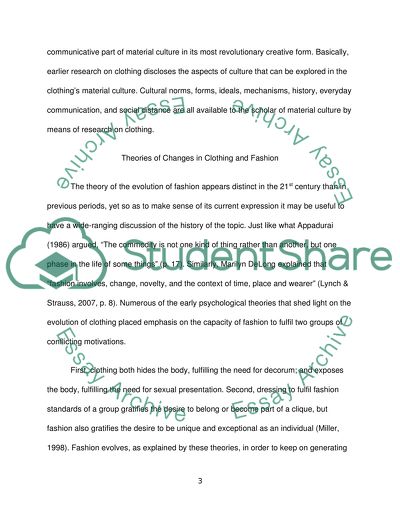Cite this document
(“Fashion as Material Cultur Essay Example | Topics and Well Written Essays - 2750 words”, n.d.)
Retrieved from https://studentshare.org/culture/1665054-fashion-as-material-cultur
Retrieved from https://studentshare.org/culture/1665054-fashion-as-material-cultur
(Fashion As Material Cultur Essay Example | Topics and Well Written Essays - 2750 Words)
https://studentshare.org/culture/1665054-fashion-as-material-cultur.
https://studentshare.org/culture/1665054-fashion-as-material-cultur.
“Fashion As Material Cultur Essay Example | Topics and Well Written Essays - 2750 Words”, n.d. https://studentshare.org/culture/1665054-fashion-as-material-cultur.


